Combe Down Tunnel
Combe Down Tunnel
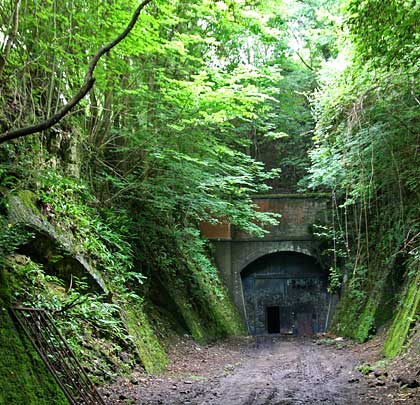
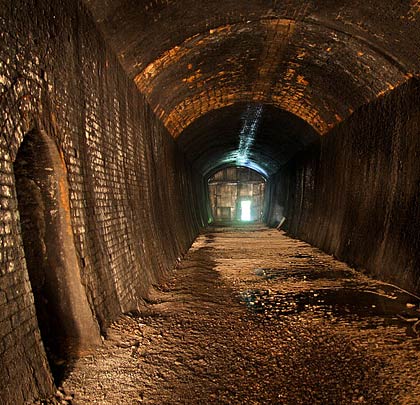
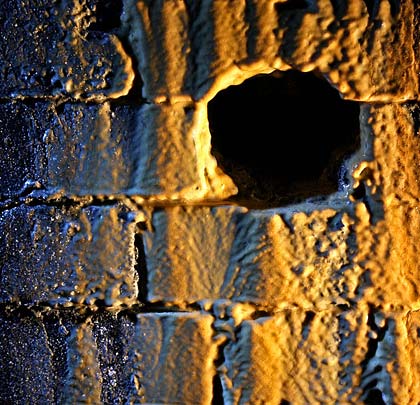
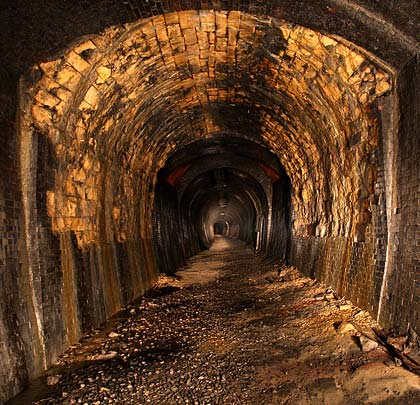
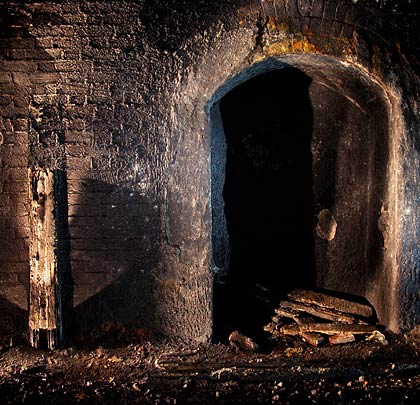
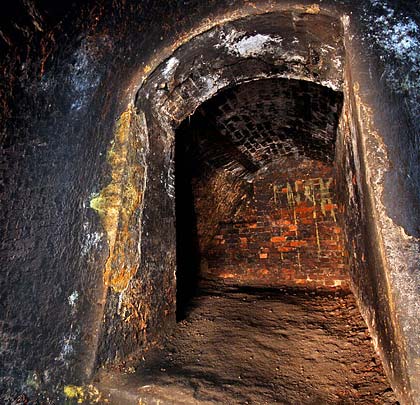
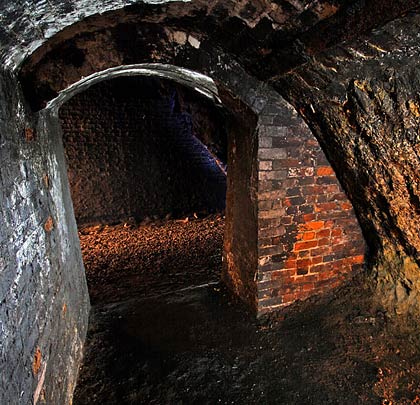
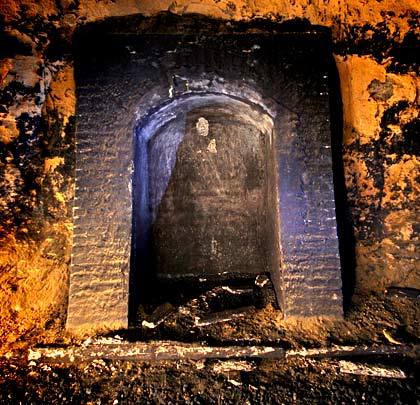
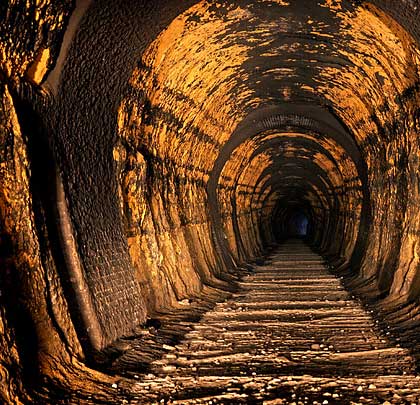
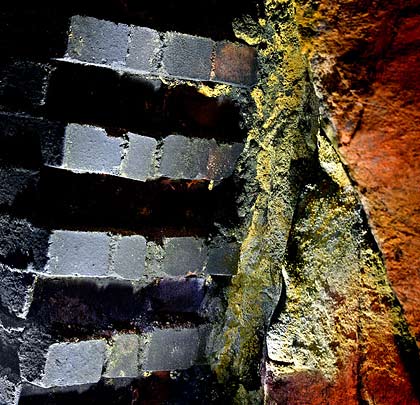
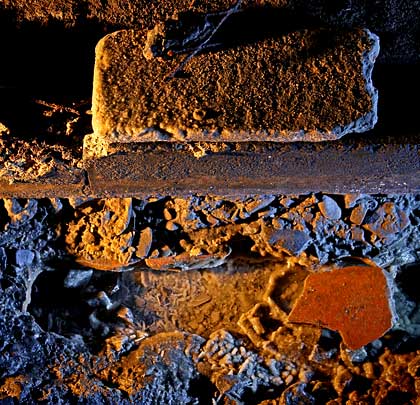
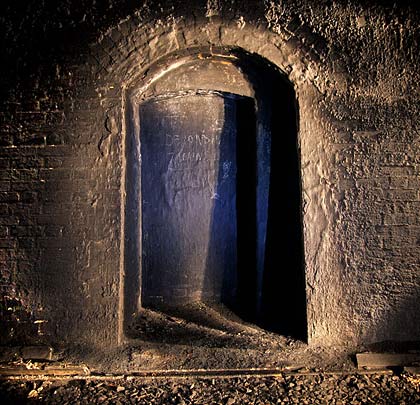
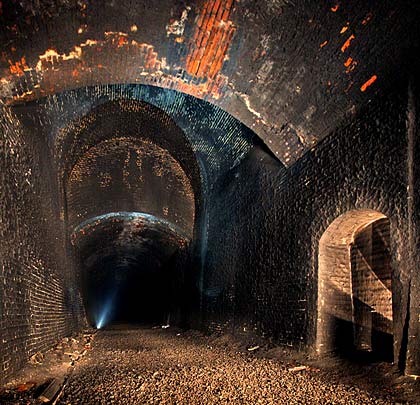
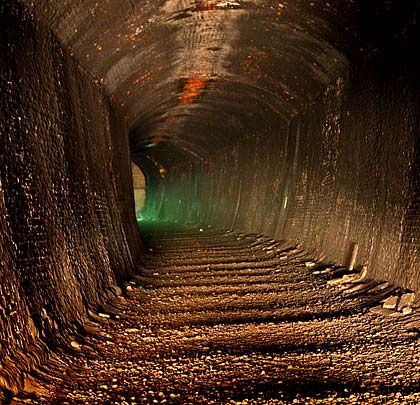
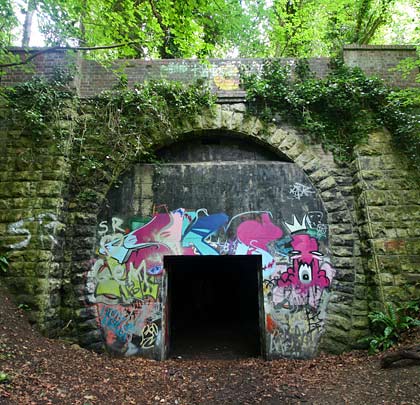
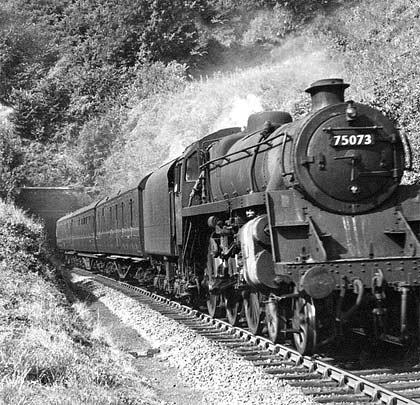
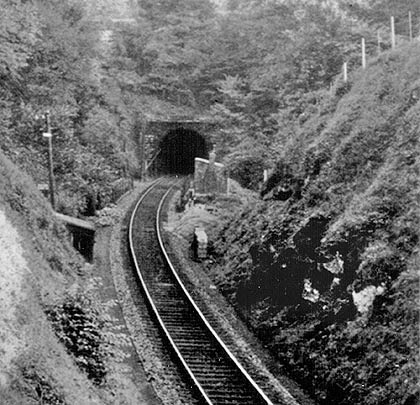

















The Somerset & Dorset’s extension into Bath involved serious engineering and first took the strain of commercial traffic on 20th July 1874.
On its southern approach to the city, the route burrowed 300 feet beneath Combe Down, a hill largely formed of oolite. Towards its southern end, the tunnel – the UK’s longest without intermediate ventilation – breaks through into the Midford Sands whilst, above it, a layer of Fuller’s Earth acts as a waterproofing course.
For much of its length, the predominantly dry tunnel rises on a 1 in 100 gradient before leveling out around 400 yards from the northern portal. It is brick-lined at both ends with near-vertical side walls and an arch soffit springing off high haunches. The left-hand curvature of 68 chains radius at the southern end is surpassed by a tighter curve of 29 chains radius as trains regain daylight on their approach to Bath.
Changes in profile are frequent – the product of significant and recurring repair programmes. For 10 yards close to the north portal, a significant change in section sees the roof raised abruptly by several feet, presumably the result of a huge overbreak during construction. The straight central section was completely unlined in 1874 but subsequent repairs involved the installation of many engineering brick rings.
Refuges are located frequently in both walls, many hewn from the bare rock. A platelayers’ cabin offered sanctuary towards the southern end.
The last train passed through the tunnel on 7th March 1966. Ownership was later transferred to Wessex Water but the tunnel is now in the hands of sustainable transport charity Sustrans which opened it to the public in April 2013 as part of the Two Tunnels Greenway project. This involved remedial works to the structure as well as the installation of lighting and a tarmac surface. ‘Living’ artworks, located in many of the refuges, add to the tunnel’s soundscape.








